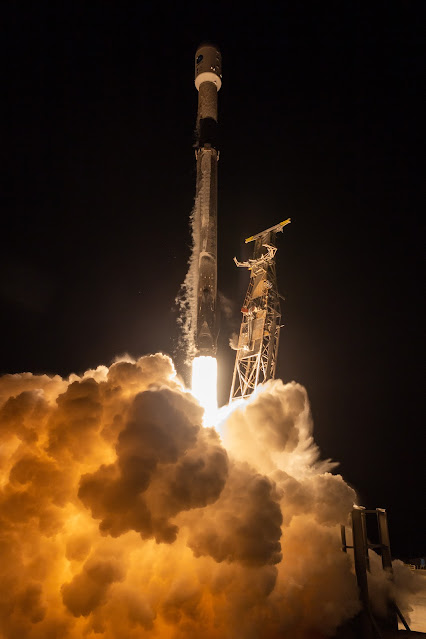Phobos Moon over Mars | European Space Agency's Mars Express
Phobos is a small, irregularly shaped object with a mean radius of 11 km (7 mi). Phobos orbits 6,000 km (3,700 mi) from the Martian surface, closer to its primary body than any other known planetary moon. It is so close that it orbits Mars much faster than Mars rotates, and completes an orbit in just 7 hours and 39 minutes. As a result, from the surface of Mars it appears to rise in the west, move across the sky in 4 hours and 15 minutes or less, and set in the east, twice each Martian day.
Phobos is one of the least reflective bodies in the Solar System, with an albedo of just 0.071. Surface temperatures range from about −4 °C (25 °F) on the sunlit side to −112 °C (−170 °F) on the shadowed side. The defining surface feature is the large impact crater, Stickney, which takes up a substantial proportion of the moon's surface. The surface is also home to many grooves, with there being numerous theories as to how these grooves were formed.
[Source: Wikipedia]
Map of the area on Mars:
Technical data:
ESA Mars Express Orbit 21552
Instrument: HRSC
Image Date/Time: 2021-01-19 - 16:47
Colorized image (false colors) created using data processed from ESA archives
Credit: European Space Agency (ESA)/German Aerospace Center (DLR)/Free University of Berlin (FU Berlin)
Processing: Andrea Luck
Andrea's Flickr Page: https://bit.ly/3WmXjsS
Image Date: Jan. 19, 2021
Release Date: Dec. 17, 2022
#NASA #ESA #Space #Astronomy #Science #Mars #Planet #Phobos #Geology #PeridierCrater #SyrtisMajor #Atmosphere #Clouds #Dust #Wind #Spacecraft #MarsExpress #HRSC #DLR #FUBerlin #Berlin #Germany #Deutschland #Europe #STEM #Education
ESAMarsExpress-AndreaL..jpg)









V1.jpg)
V2.jpg)
V3.jpg)









.jpg)








.jpg)

